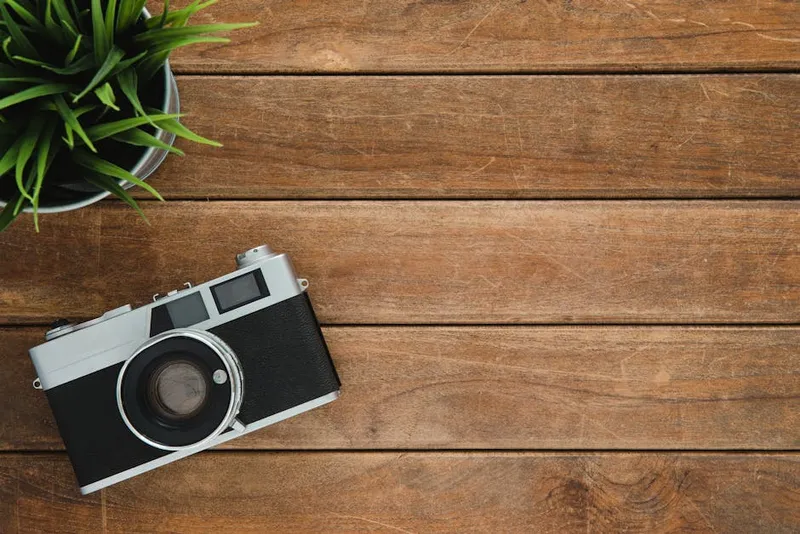Hello, passionate interior decorators! Are you eager to plunge into the captivating universe of colors and their psychology in interior decorating? Well then, you've landed just where you need to be. In this article, we will unfold how colors, in their subtle yet profound ways, can dictate our emotions, set the ambience, and orchestrate a balanced space within our homes. Whether you're an expert interior designer, a DIY aficionado, or merely someone trying to jazz up their living area, comprehending the psychology of colors is key. So, ready your paintbrushes and let's dive in!
What is the Psychology of Colors in Interior Decorating?
Ever found yourself pondering why certain colors soothe your senses, while others instill a sense of exhilaration? That's the psychology of colors at work. It's an intriguing study that delves into how various colors can sway our mood, influence our behavior, and shape our perceptions. By grasping the psychology of colors, you can craft a space that is not only visually pleasing but also adept at stirring the intended emotions.
Within the realm of interior decorating, colors wear the mantle of setting the mood of a room. They hold the prowess to make a snug space seem expansive, orchestrate a warm ambiance, or even fuel productivity. Whether you're deciding on colors for your bedroom, living room, or workspace, being aware of the psychological implications of each color can empower you to make informed choices.
How to Utilize the Psychology of Colors in Interior Decorating
Having established the significance of color psychology, let's delve into how you can harness this wisdom to curate an aesthetically delightful and balanced interior. Here's a step-by-step guide to help you commence:
-
Identify the purpose of the room: Before color selection, contemplate the purpose of the room. Is it a sanctuary for relaxation, a hub for productivity, or a venue for social interactions? Different colors stir different emotions, hence choose wisely.
-
Research color associations: Each color carries its unique associations and connotations. For instance, blue is often linked with tranquility and trust, whereas red embodies energy and passion. Comprehend these associations to facilitate the desired ambiance.
-
Choose a color scheme: Once you've familiarized yourself with color associations, pick a color scheme that aligns with your envisaged look for the room. You could opt for monochromatic, complementary, or analogous color schemes to realize diverse effects.
-
Experiment with accent colors: While a dominant color sets the overall mood, integrating accent colors can lend depth and visual intrigue to the space. Experiment with varying shades and hues to strike the perfect equilibrium.
-
Consider lighting and space: Lighting can substantially influence how colors are perceived in a room. Natural light accentuates colors, whereas artificial lighting can modify their appearance. Additionally, the dimensions of the room ought to be taken into account when choosing colors to ensure an optimum visual harmony.
Tips and Reminders for Utilizing the Psychology of Colors
To maximize the potential of color psychology in your interior decorating ventures, bear these handy tips in mind:
-
Don't be afraid to experiment: Colors serve as potent tools to express your personality and creativity. Don't shy away from stepping out of your comfort zone and experimenting with bold or unconventional color choices.
-
Test samples before committing: Colors can appear different on walls compared to swatches or digital images. Always test a small patch before committing to a full-color application to ensure it aligns with your vision.
-
Seek inspiration from nature and art: Nature and art are abundant with inspiration when it comes to color combinations. Take a leisurely walk in nature or visit art galleries to observe how colors harmonize and stir emotions.
Conclusion
Bravo, you've now acquired a more profound understanding of the psychology of colors in interior decorating! By harnessing the power of colors, you can metamorphose your living space into a sanctuary that mirrors your preferred mood and personality. Remember to ascertain the function of each room, research color associations, select an appropriate color scheme, and experiment with accent colors. With these tips and a dose of creativity, you'll be well on your way to crafting a vibrant and harmonious home. So, go on, embrace the psychology of colors, and let your creativity take flight!
